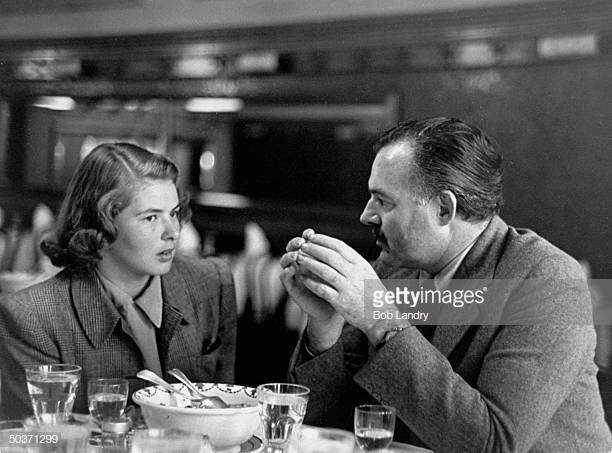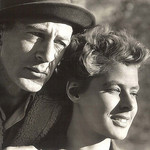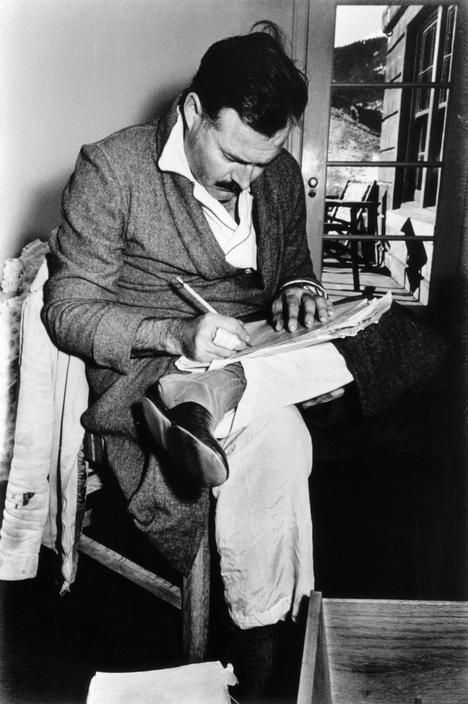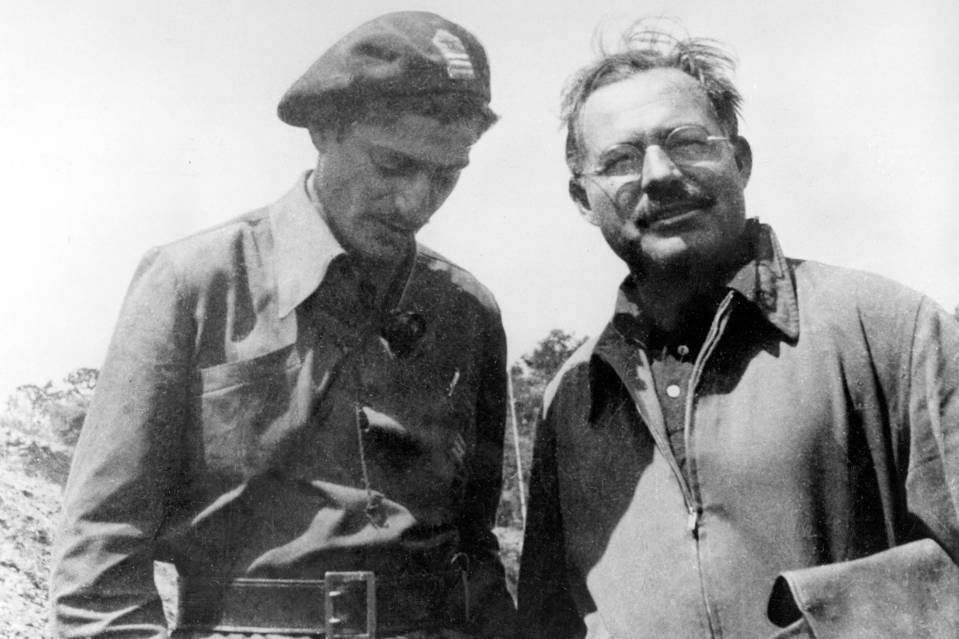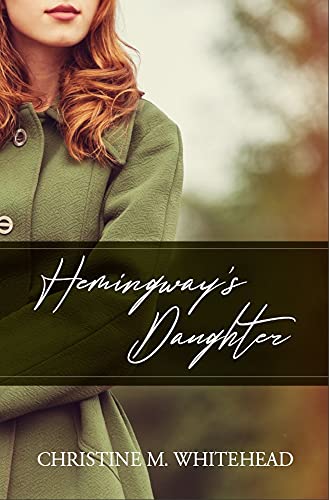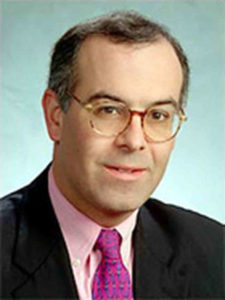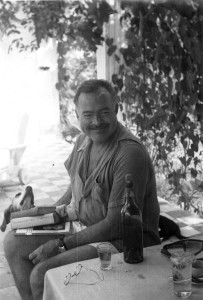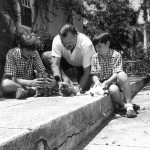For those who are members, the Hemingway Society has some wonderful Webinars coming up. Some are academic; some very timely; some just plain interesting and illuminating. Hope all are having a good summer. Best, Christine
 A Publication of the Hemingway Society | July 13, 2021THE HEMINGWAY SOCIETY IS PLEASED TO BEGIN OUR2021 WEBINAR SERIESDear Hemingway Friends, The Hemingway Society’s webinar series–A Dangerous Summer–begins this week with our discussion of The Sun Also Rises on Friday and a joint session with the Fitzgerald Society on the Academic Publishing Marketplace on Wednesday! A Publication of the Hemingway Society | July 13, 2021THE HEMINGWAY SOCIETY IS PLEASED TO BEGIN OUR2021 WEBINAR SERIESDear Hemingway Friends, The Hemingway Society’s webinar series–A Dangerous Summer–begins this week with our discussion of The Sun Also Rises on Friday and a joint session with the Fitzgerald Society on the Academic Publishing Marketplace on Wednesday! Dig deep into Hemingway’s The Sun Also Rises. Whether you are preparing to teach the novel or just want to revisit it with fellow aficionados, this session will review the publication history, reception, and major critical approaches that have shaped the way we understand this important work. The discussion is moderated by Juliet Conway and features Susan Farrell, Jeffrey Herlihy-Mera, and KatieWarczak. This webinar is Friday, July 16 at 1pm EDT.Register for The Sun Also Rises! Dig deep into Hemingway’s The Sun Also Rises. Whether you are preparing to teach the novel or just want to revisit it with fellow aficionados, this session will review the publication history, reception, and major critical approaches that have shaped the way we understand this important work. The discussion is moderated by Juliet Conway and features Susan Farrell, Jeffrey Herlihy-Mera, and KatieWarczak. This webinar is Friday, July 16 at 1pm EDT.Register for The Sun Also Rises! And before the first Dangerous Summer session, join us for a joint webinar with the Fitzgerald Society on the Academic Publishing Marketplace. Fitzgerald Review managing editor Kirk Curnutt and Hemingway Review editor Suzanne del Gizzo as they explore the dos and don’ts of writing, submitting, and revising. We’ll be joined by special guests, including Lee Zimmerman, editor of Twentieth-Century Literature; Lynda Zwinger of Arizona Quarterly; Aurora Bell, acquisitions editor at the University of South Carolina Press; and James W. Long, acquisitions editor at Louisiana State University Press.The webinar is Wednesday, July 14, 2021, at 1 pm EDT. For registration, you can click to: REGISTER HERE And don’t forget to register for our other Dangerous Summer events! July 23rd @ 1 pm – Hemingway’s Short StoriesModerated by Ellen Andrews KnodtPanelists: John Beall, Susan Beegel, Donald Daiker, and Ross TangedalJoin us as a small group of scholars candidly discuss some of Hemingway’s short stories. Whether you are preparing to teach Hemingway stories or just want to hear what fellow aficionados have to say about them, this discussion will focus on how we and our students read the short stories now, posing questions such as what elements of the stories interest students and what stories or aspects of Hemingway stories are most problematic now? Register for The Short Stories! July 30th @ 1 pm – Hemingway and Race Moderated by Marc DudleyPanelists: Gary Holcomb, Ian Marshall, Quentin Miller, and Peggy Wright-Cleveland How might the Black Lives Matter movement affect the way we read, teach, and write about Hemingway? Will it? If so, in what ways? Hemingway and Race is a large and complicated topic. Hemingway wrote about Native peoples and had a long relationship with the Latin world. This panel will focus primarily on Hemingway’s interactions with black people, his portrayals of black characters, and his awareness of and relationship to social movements related to race. Register for Hemingway and Race! August 6th @ 1 pm – Hemingway and SexModerated by Suzanne del GizzoPanelists: Carl Eby, Debra Moddelmog, Lisa TylerHow does the #MeToo movement affect the way we read, teach, and write about Hemingway? Gender and sexuality have been defining topics in Hemingway scholarship for nearly forty years now, but #MeToo adds new levels of complexity to that already rich discussion, inviting us to think about the dynamics of sex, seduction, and sexual violence in Hemingway’s work. Register for Hemingway and Sex! the Hemingway Society | www.hemingwaysociety.org |
| Hemingway Society | 18 East Rosevear St, Orlando, FL 32804 Unsubscribe chris@whiteheadlegal.comUpdate Profile | Constant Contact Data NoticeSent by hemingwaysociety@aol.com |



